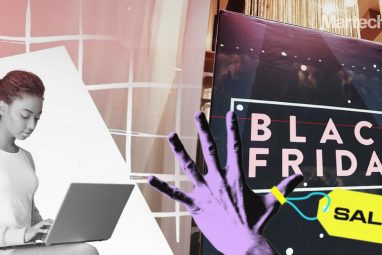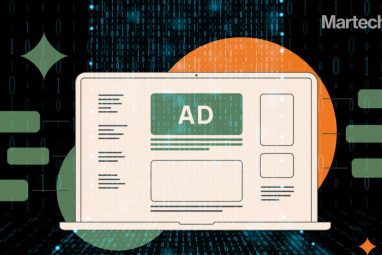Reinventing Display Advertising for 2019
A recent study says that 65% of all money spent on advertising in digital media in 2019 will be traded programmatically. What happens to display and native advertising?
What to Read Next
- Xumo Introduces Advanced Identity Solution
- Viant Launches Outcomes: Fully Autonomous Open Internet Ad Product
- StackAdapt Launches In-Platform NPI Targeting & Measurement Capabilities
- OpenX Launches OpenXBuild for Real-Time Advertising Control
- MediaRadar Unveils Data Cloud for AI-Ready Marketing Intelligence

Display advertising needs to step up to tackle the growing effectiveness of programmatic advertising, and to stay relevant to the target audience.
One of the newer formats used in display advertising is the interactive rich media which appeals to the younger audience.
Take for example the ad for Yorkshire Tea brand by London-based mobile video platform LoopMe.
The ad for the brand was a colouring book featuring the storybook character – Gruffalo. It promoted Yorkshire Tea’s pledge to plant a million trees over five years. The ad encouraged the users to select colours from a palate, colour the character and the background. They could then share their finished product on social media.
LoopMe claimed that the ad helped increase brand awareness, which was 97% higher among those exposed to the ad versus an unexposed control group. Also, the perception of Yorkshire Tea as an environment-friendly brand shot up by 39% among those exposed to the ad.
Also Read:Can Intent Driven Chatbots Enhance Your Business?
Make Display Ads Effective
A study revealed that only 2.8% of participants thought that ads on websites were relevant.
The average adult spends 5.9 hours per day online, of which nearly 33% time is spent on social media. Given that, it is no surprise that display ads take up a significant chunk of the digital advertising industry. The reason display ads are so popular is that these ads ensure visibility, relevancy being beside the point. With mass visibility, advertisers often are okay with gambling relevance and precision in their reach.
However, some shocking statistics have led to changes in display advertising formats. For example, 33% of internet users find display ads completely intolerable. This means that there could be negative repercussions for a wrongly placed ad as opposed to conversion. Various new formats have started emerging as a result of these studies and statistics. The advertising industry is evolving to stay afloat, and marketers are following suit.
According to Google, the most effective display ads are 336×280 or 300×250 pixel rectangles,
300×600 pixel half-page ads, and 728×90 or 320×110 pixel banners.
Display Ads Reinvented
With the advent of mobile technology, display ads have evolved at an unprecedented rate and given how 69% of digital media time is spent on mobile devices; marketers have heavily invested in these ads. Various companies have rolled out ads with videos that allow you to colour or take specific actions. This has led to a heightened engagement, and the results have been as good as 97% higher brand awareness among the users exposed to these ads.
Also Read: 6 Reasons Why Brands Must Invest in Social Media Advertising
Over social media, companies have been creating lookbooks and comic strips to leverage digital art for retaining and enhancing audience engagement among users. These have led to a value-based experience for users as opposed to the no-nonsense sales pitch that most display ads seemed to carry for ages.
360-degree video ads on mobile are getting more responsive, interactive, and creative by the day. These allow users to experience any space comprehensively. Users are engaging effectively with brands which are using 360-degree videos to showcase their restaurant spaces, for example.
A great way to enhance display ads that have been evolving steadily is personalisation. Marketers are creating advertisements which are increasingly personalised and precisely targeted through programming. One of the few examples is Matrix; it uses an AI to determine how a particular hair colour or hairstyle will look on a user’s face and suggests products based on the results. This covers both personalisation and interactivity while retaining audience engagement that converts.
Hyper-casual gaming is also employing interactivity in their advertising. They let users play the game for a few seconds through their ads to give them a real experience of the game, and it results in over 50% increase in engagement.
So while we can safely say that the new formats are quite successful in grabbing the eyeballs, the conversion statistics aren’t conclusive yet. However, given the increased rates of engagement and interaction with the brands, it is quite likely that these formats will prove to be equally successful in conversions for display advertising.









































































































